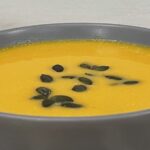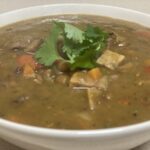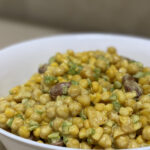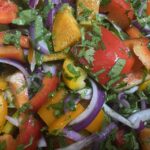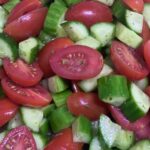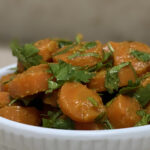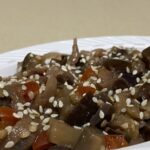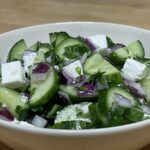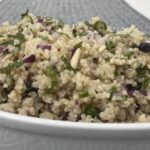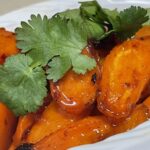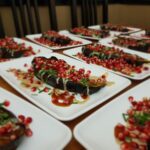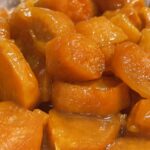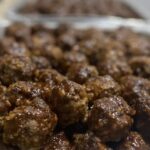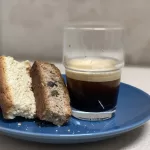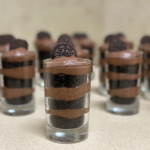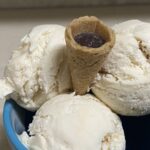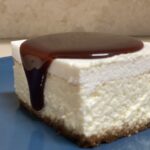We found this recipe online a few years ago, unfortunately the link isn’t available anymore but this is more or less the recipe.
It is a Beit Chai favourite. Although this is a side dish people often tell us that it could be a dessert. We have yet to have a guest that did not fall in love with this dish.
As per the name we have used both sweet potato or butternut to make this dish. Unlike the South African sweet potato in Israel our sweet potatoes are orange. We have never tried it with South African sweet potatoes.
When preparing the butternut we find that it is better to wrap them in foil and roast it in the oven rather than to boil it in water. If you follow our foil method you need to allow at least an hour maybe more depending on the size for the butternut to become soft enough. Once they are soft allow them to cool. Remove the foil and then as easy as one, two, three you can remove the skin and seeds from the flesh of the butternut. If you boil or steam it, you have to make sure that you drain all the water from the butternut before adding it to you batter.
If you choose to use sweet potato, then boil or steam it. We cut it into pieces and put it in a strainer over a pot of boiling water. This way we eliminate the danger of the sweet potato absorbing a whole lot of water.
Pre heat your oven to 180 degrees Celsius.
Cream the sugar and butter together until it is are nice and fluffy.
Add the eggs and continue to beat together.
At this point I exchange my whipping head to a batter head.
Add the sifted flour and salt to the mixture and mix it together making sure the flour doesn’t cause any lumps to form in your batter.
Add the vanilla essence and pumpkin to the mixture and mix it one last time.
Oil your baking dish and pour your batter into the baking dish.
Bake in the oven for at least 45 minutes.
Due to the fact that we very seldom only make the batter once we find that we have to keep it in the over for a bit longer than 45 minutes, so my advice is that you will test your pie before removing it from the oven to make sure it is fully cooked. Once the pie has finished baking you will be adding a sauce over the pie, so over baking it doesn’t cause too much of a problem. The sauce is poured over while the pie is still hot, making sure that every part of the pie absorbs the sauce.
While the pies are in the oven we melt all the ingredients for the sauce in a pot on the stove and allow it to simmer and reduce a bit. It is almost the same method as what you would follow when making a Malva Pudding (we will add a recipe soon). The only difference is that we do not reduce the sauce as much as when we make a Malva pudding. The reason for this is because the dough is a much denser dough and we find that if the sauce is too thick the pie doesn’t absorb the sauce enough.
Here we have discovered some tricks to help with the process.
We make sure that the pie is loosened from the edges of your backing dish before the sauce is poured over.
Jacques invented a nice tool for us to poke some holes into the pie. He took a wine cork and inserted 4 toothpicks into the side of it. Holding onto the cork, he pokes the toothpicks into the pie until there are enough holes to allow for maximum absorption. A fork can also be used but we found the it sometimes makes ugly holes.
This pie is better served with a spoon to dish up with than trying to cut it into pieces.
This pie also does well in the freezer if you have left overs or extra pies that you want to use at a later date.



